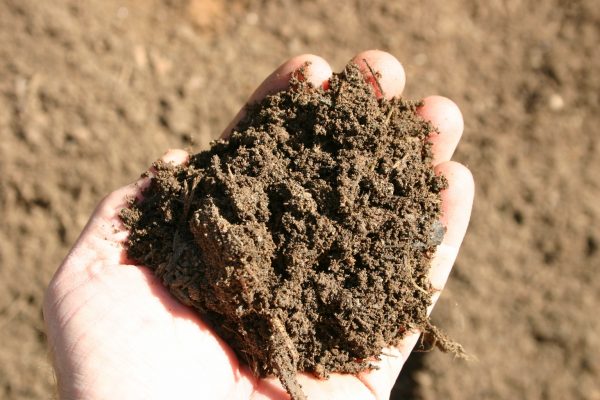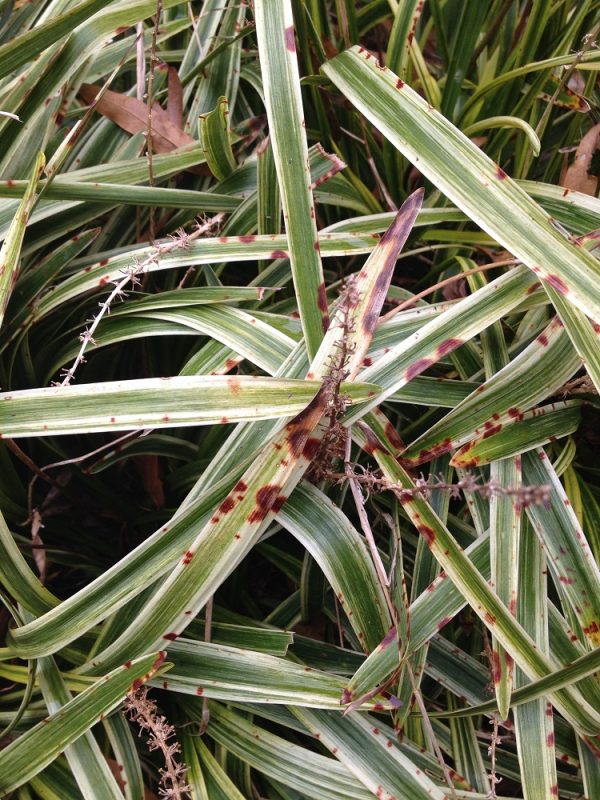Mayhaw

Crataegus spp.
Mayhaws are closely related to Apple and Pear and have been used as dwarfing rootstocks for both. Mayhaw is native to the swamps and lowlands of the Southeast.
• Much more information can be found in The Georgia Fruit & Vegetable Book by Walter Reeves and Felder Rushing
• See also Home Garden Mayhaw
The fruit has been collected from the wild since antebellum times. Mayhaw fruits are highly prized for jelly, which tastes tart and apple-like. Trees are cultivated in orchards in the South but it is native to lowlying, acid soils of river bottoms, streams and swamp land in the South. The plant is a medium-sized spreading tree, ten to twenty feet tall. It looks very much like a flowering Crabapple.
Mayhaw fruit is apple-like and bright red, one-half to one inch in diameter, borne in clusters. Fruits ripen in May in Zone 8a. The tree prefers welldrained, sandy soils but can tolerate flooding occasionally. Plant twenty feet apart. They tolerate 10 to 15 F when dormant, but bloom early (midFebruary to early March), limiting successful harvest in Zones 7a and colder. Planting on hilltops will reduce the chance of freeze damage to the blooms. The plant can tolerate full sun and partial shade.
First-year trees should receive 1/4 pound of 10-10-10 in March and 1/4 pound in May and July. Fertilize trees older than one year at a rate of 1 pound of 10-10-10 per inch of trunk diameter in early spring, up to a maximum of 5 pounds per tree. Repeat in July if the tree leaves look pale.
Varieties to look for : ‘Texas Superberry’, ‘Lodi’, ‘Saline’, ‘Big Red’














